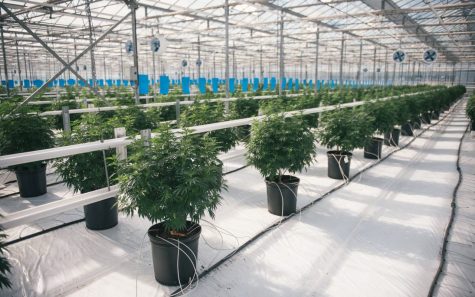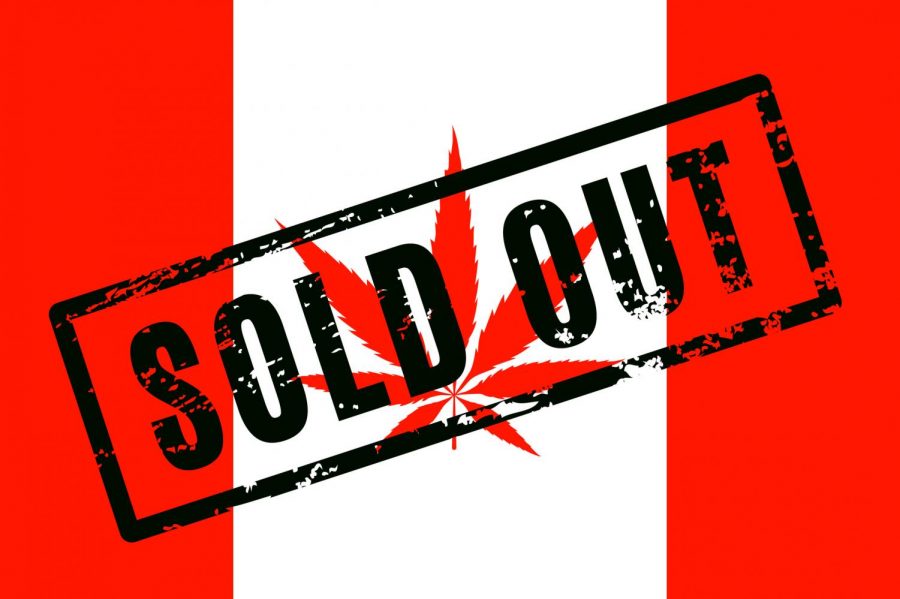Will Canada’s cannabis supply meet consumer demand in 2019?
Since weed became legal across the Great White North on October 17, 2018, supply shortages have caused delays for consumers and some serious inconveniences for retailers, too.
Soon after the Cannabis Act (Bill C-45) went into effect, provinces throughout Canada started exchanging thousands of dollars worth of weed products. Demand was so strong in some provinces that certain dispensaries saw their shelves stripped bare on the very first day of legal Canadian cannabis sales.
In fact, many Canadian cannabis retailers were forced to close until supply ramped back up again.
Despite the supply shortages, Canada’s 95-year-long prohibitionist stance on cannabis has not exactly deterred consumers from trying the green stuff. According to statistics collected by the national census bureau, 42.5 percent of Canadians have tried cannabis before, while a third of people aged 15 to 24 had consumed cannabis in some form recently.
Soaring demand doesn’t exactly bode well for Canadian cannabis retailers, who could be forced to shut up shop if supply shortages continue to plague the nation’s nascent cannabis industry.
Who is to blame for Canadian cannabis shortages?
There are a few reasons why Canada has experienced a glut in weed supply so soon after the rollout of legalization. First, the cannabis shortage could be attributed to licensed producers who manage the whole country’s supply. Why? They likely underestimated the sheer magnitude of demand from Canadian consumers.
Then there are the federal and provincial governments, who have laid out strict regulations that make production a little bit tricky. Cultivating cannabis at an industrial scale demands intense scientific and logistical knowledge. Legal cannabis must be grown in a pesticide-free environment in order to comply with Health Canada’s growing guidelines.
Sure, pesticide-free growing is better for consumer health however, it necessitates much more attention throughout the growing period.
“The rules here are so difficult to grow cannabis — quite frankly more difficult than anywhere else in the world — that if you’re a new license holder and you’ve never done this before, it’s going to take you a year, year-and-a-half, or two years to get any decent, consistent quality product out the door in any predictable volumes,” said the CEO of Toronto-based cannabis company Biome Grow Inc., Khurram Malik, during an interview with Global News.
Malik is optimistic that cannabis production in Canada will meet demand by next year. Not everybody is so sure, however. George Robinson, chief executive officer of RavenQuest BioMed, thinks that Canada’s weed supply shortage could last five years or more.









